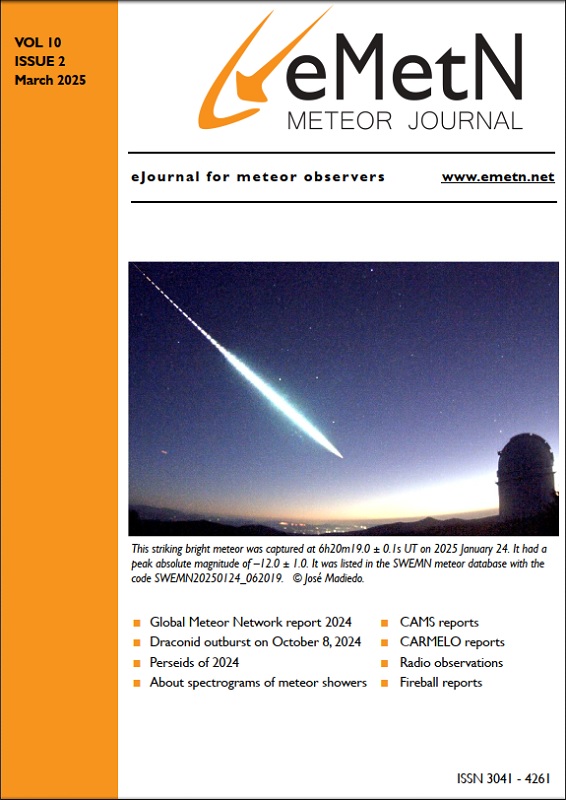Meteor Activity Outlook for 19-25 May 2018
During this period the moon will reach it’s first quarter phase on Tuesday May 22th. At that time the moon will be located 90 degrees east of the sun and set near 0200 local summer time. This weekend the waxing crescent moon will set during the mid-evening hours and will not interfere with meteor observing during the more active morning hours.
Read More
